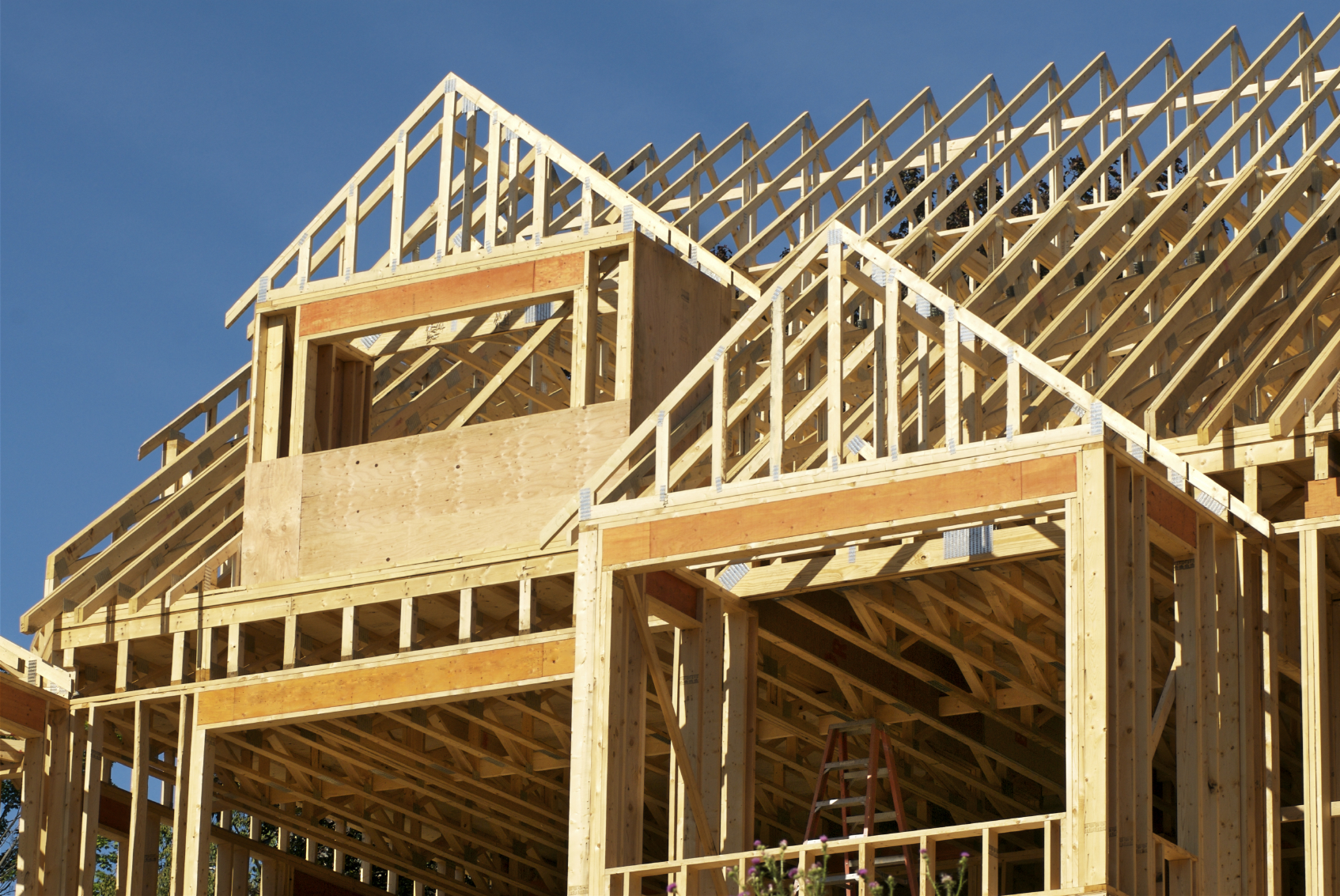
Introduction
The construction industry is on the cusp of a transformative era with the advent of 3D printing technology. This innovation isn’t just a novelty, but a revolutionary method set to overhaul how buildings are designed, constructed, and maintained.
The Advent of 3D Printing in Construction
Once limited to creating small-scale models, 3D printing, or additive manufacturing now plays a pivotal role in constructing full-scale buildings. This evolution marks a significant leap from traditional construction methods, introducing unparalleled precision and flexibility in building design.
Benefits of 3D Printing in Construction
3D printing brings myriad benefits to construction:
- Cost Efficiency: Significantly reduces labor and material costs.
- Time Savings: Accelerates the construction process, enabling quicker project completion.
- Reduced Waste: Promotes sustainability by minimizing construction waste.
- Architectural Flexibility: Allows for complex
designs previously thought impossible or too costly.
Case Studies
Several global case studies exemplify the success of 3D printing in construction. For instance, in Dubai, a fully functional office building was printed in just 17 days. In Europe, a 3D-printed bridge has not only become a marvel of modern engineering but also a testament to the practical applications of this technology.
Challenges and Future Outlook
Despite its benefits, 3D printing in construction faces challenges such as regulatory issues and material limitations. However, ongoing research and development promise to overcome these hurdles, paving the way for broader adoption of this technology.
FAQs
- How does 3D printing in construction work?
3D printing in construction involves layer-by-layer fabrication of building materials, guided by digital design templates. - What materials can be used for 3D printing in construction?
Common materials include concrete, plastics, and metal alloys, each suitable for different construction needs. - Is 3D-printed construction environmentally friendly?
Yes, it typically generates less waste and uses materials more efficiently compared to traditional construction methods. - How does 3D printing influence architectural design?
It allows architects to experiment with complex, innovative designs that were once impractical or too expensive to implement.
Conclusion
3D printing is poised to revolutionize the construction industry, offering innovative, efficient, and sustainable solutions. Its potential for cost savings and design flexibility marks a new chapter in architectural and construction possibilities, making it an exciting field to watch in the coming years.